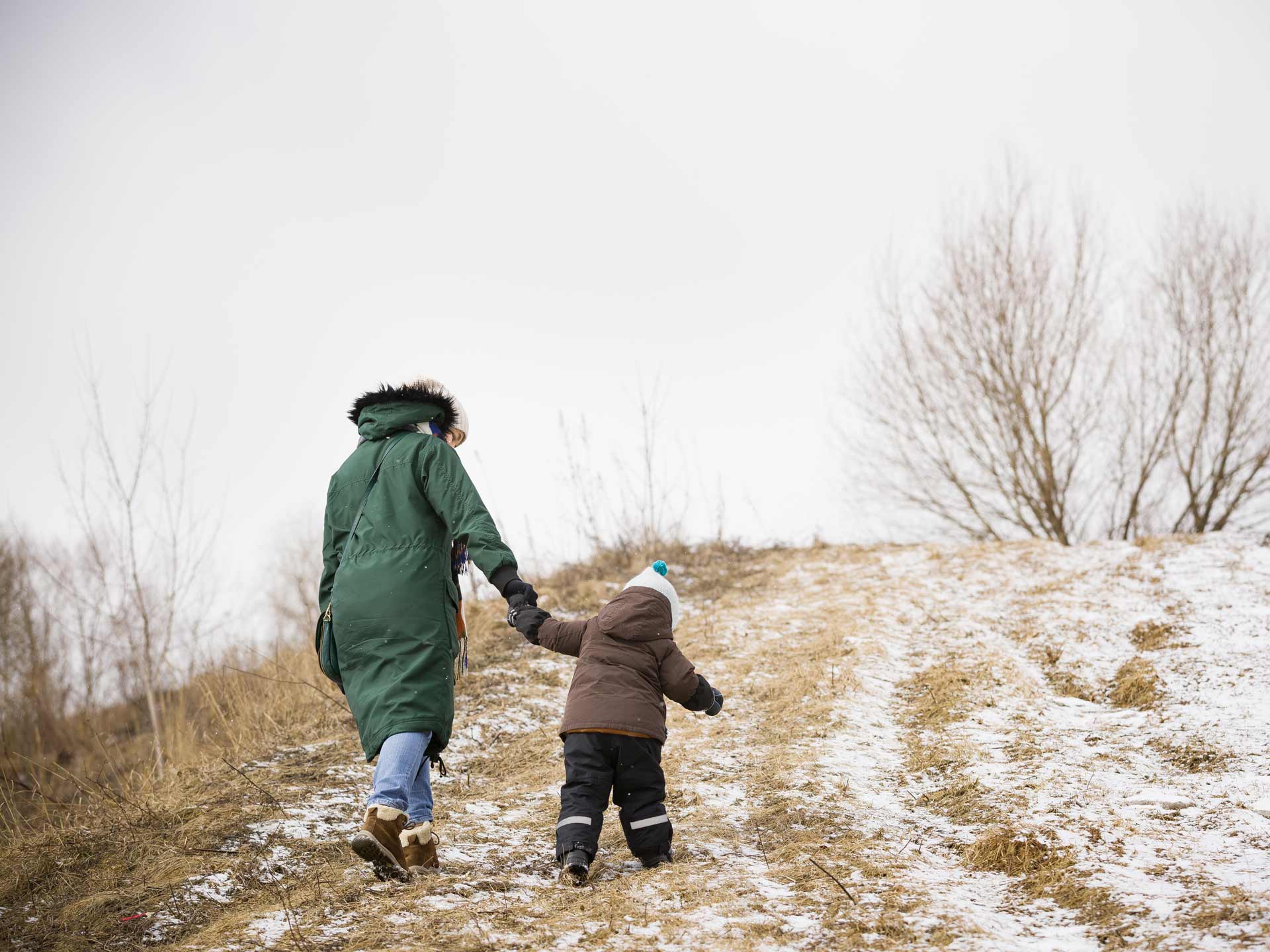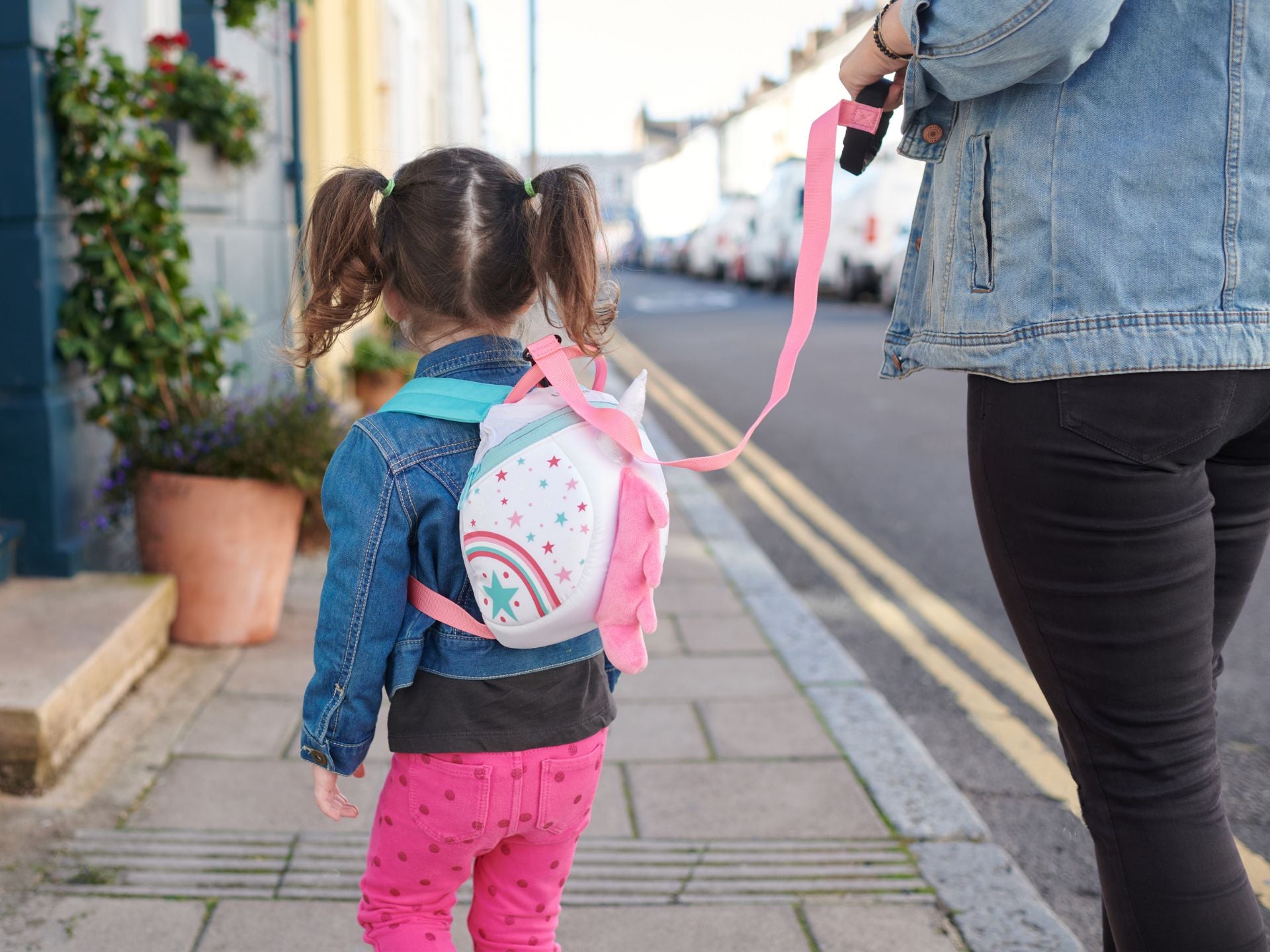Little Explorers: Bird Feeders
- Little Explorers

The birds have been flocking to the garden and filling the air with their chirruping at LittleLife HQ this week! We created easy bird feeders with our toddlers.
It’s always wonderful to glimpse a bird in the garden, and even better when you can show your children nature in action. Demonstrating how to be quiet enough not to scare the bird away, but close enough to watch them feed is one of life’s simple pleasures.
You will need:-
- 1.5 cups of birdseed
- 2 sheets or packets of gelatine
- Garden twine or pretty ribbon
- Cookie cutters
- Crayons
- A parchment-lined tray
Melt the gelatine as per the packet instructions, then ask your Little Explorers to pour in the birdseed and mix thoroughly. You can point out all the different seeds in the mix, and explain how different birds like different food – just like your Little Explorers no doubt!
Lay out your chosen cookie cutters – the simpler shapes work best. Then ask your Little Explorers to pack the seed and gelatine mix firmly into each dip of the pan. Squash it in firmly like you’re making a sandcastle. It is sticky and the seeds gets everywhere, so be prepared!
Press a crayon into the centre of the mix. This will create the hole for your ribbon later so leave it in the place while the mixture sets – three hours in the fridge should be plenty. When firm, use a sharp knife to tickle the edge of the cutter away from the now solid mass, and ease it out carefully. Remove the crayon. Thread ribbon or twine through the hole and, hey presto, you have a beautiful bird feeder!
Ask your Little Explorers to think about where in the garden or outside space the birds are most likely to feed from? Too low and they will fear predators, and too close to the house and they will fear us!
Look out for Starlings, Blackbirds, Tits and Chaffinches. In winter you may also see the more unusual garden birds like the Bullfinch or Yellow Hammer. There’s a brilliant bird identifier you can use to identify the birds who will feast on your offerings, or you can keep a printout near the window for easy reference. This is a fab skill for Little Explorers as they start to consider similarities and differences in the things they see.
Have fun and ping us your pictures!



